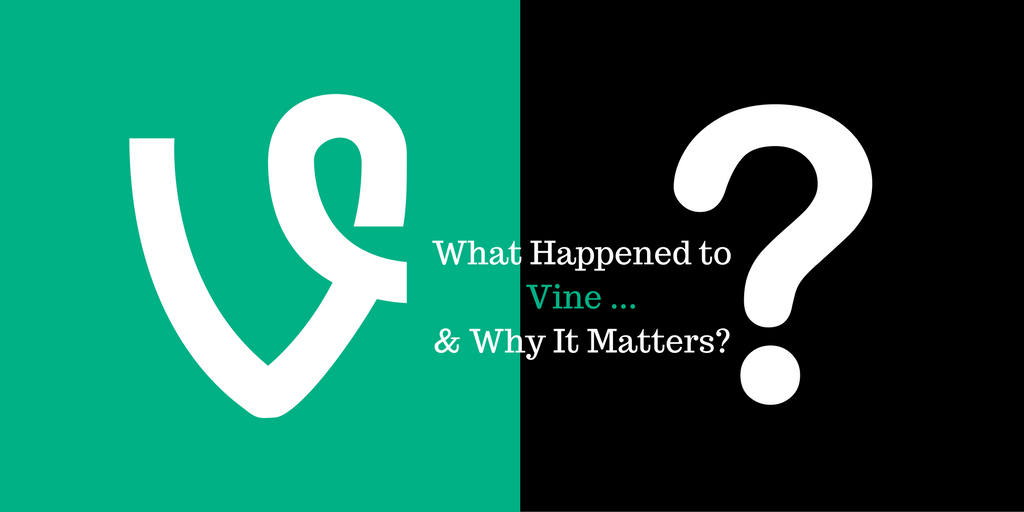In today’s social media world, success can be fleeting. One day you can be the hottest app on the scene and obsolete the next. If you are unsure of how this is possible, let’s take a closer look at Vine and why these lessons are important to understand as we all work to keep pace in the ever-changing technological landscape.
Who Are the Suspects?
In his The Week article “If Twitter killed Vine, Wall Street was the accomplice,” Jeff Spross explores the rise and fall of Vine more in-depth, a mere three-year life span. Owned by Twitter, the app featured six-second videos and was embraced by musicians, comedians, and other creative groups. While previously produced Vines will still exist on the internet, new ones will not be created moving forward.
Currently, about 200 million people watch Vines each month, with a daily offering around 1.5 billion. With this kind of audience size what exactly was the problem? Look at Twitter’s promoted tweets or Snapchat’s geofilter for the answer. These powerful marketing tools are tremendously valuable for brands, making it easy to create advertising that delivers brand awareness and profitability.
On the other side of the spectrum, Vine lacked an outlet for advertisers. Instead of offering dynamic and easy-to-use branding tools, companies had to work directly with Vine creators to develop sponsored campaigns.
Promotion was difficult for brands to achieve on this platform. Further making this problem worse, competitors (Snapchat, Facebook, Instagram) ramped up their video capabilities, taking away the last market share (and lure) away from Vine. As a more concrete example, Vine was in the top 50 apps in mid-2015 and now is in the 200th spot.
Will Vine’s Demise Take Down Twitter?
The bad news may now be moving to the shoulders of Vine’s parent, Twitter. After buying Vine in June 2012, Twitter’s user and revenue growth has struggled in recent years. In fact, Twitter’s revenue gain in the third quarter of 2016 was the smallest it has ever posted. This is potentially concerning for Wall Street stockholders looking for bigger numbers. This is part of the reason why Vine was cut from the company. It’s also why Twitter is experimenting with new things like live streaming, as seen in their deals with the National Football League to broadcast games and with Bloomberg to broadcast the U.S. presidential debates. It also cut 9 percent of its workforce to streamline the organization.
While some experts debate the decision to shut down Vine (could it have continued to help Twitter if used in a different way?), it highlights the tremendous importance of advertising. Brands need a way to promote their services and products on apps or services in an effective and efficient way. If apps fail to provide this direct path to revenue, it will be nearly impossible to provide value in today’s extremely competitive marketplace.
The downfall of Vine also sheds light on the acquisition of social media platforms, and how parent companies need to choose the right technologies that will help further their growth and revenue in both the short – and long –term. Companies should also realize that these applications may need to evolve over time as consumers and advertisers shift their needs and preferences. After all that we’ve seen, we know that what works today is no guarantee for future success in our digital world.
This article is made possible by Checksforless.com. For more than 35 years, Checksforless.com has provided over 500,000 businesses with high quality business checks, deposit slips, and other banking supplies with easy ordering and fast production times; all at the guaranteed lowest price in the nation. Our discount business checks are easily customizable and compatible with over 4,500 software programs including QuickBooks® and Peachtree/Sage®. Email or call us toll-free at 800-245-5775.
Reference: http://theweek.com/articles/658410/twitter-killed-vine-wall-street-accomplice
